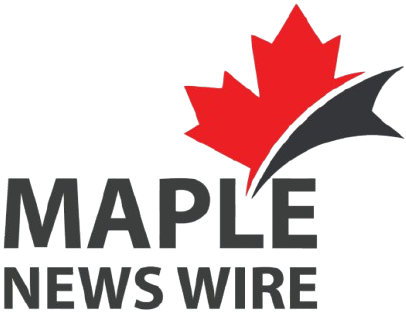Strategic voting, party tensions, and hidden endorsements reveal a complex progressive puzzle in Alberta
As Canada’s 2025 federal election unfolds, Alberta’s political landscape is proving more fluid — and more fractured — than ever before. While the province’s New Democrats remain officially aligned with Jagmeet Singh’s federal NDP, a quiet but undeniable trickle of support is flowing toward Mark Carney’s Liberals.
And no one is talking about it out loud — at least, not on the record.
A New Shade of Orange?
From the outside, the provincial and federal NDP are still one family. But behind the scenes, the colour lines are beginning to blur, particularly among longtime party insiders who see Carney’s Liberals as the only viable counterweight to Poilievre’s Conservatives.
Former NDP cabinet minister Stephanie McLean is now running as a Liberal candidate on Vancouver Island. In Edmonton, Rod Loyola, a three-term NDP MLA, left the party to join Carney’s campaign — only to be dropped by the Liberals over a resurfaced controversial video. And in Lethbridge, former Alberta Environment Minister Shannon Phillips endorsed Liberal candidate Chris Spearman, citing their personal friendship and shared goals.
“I’ve never been much of a federal Liberal,” Phillips admitted on social media, “but this time, I’m choosing friendship over partisanship.”
It’s a quiet revolution, playing out in backchannels and private messages — and it’s shaking up assumptions about party loyalty across Alberta’s progressive circles.
Official Support, Quiet Campaigning
While some former New Democrats are open about their red shift, current NDP MLAs are under strict instructions to keep their federal endorsements under wraps.
Yes, MLAs like Janis Irwin and Sarah Hoffman have been canvassing with NDP candidates like Blake Desjarlais and Trisha Estabrooks. But don’t expect to see it on their social media — under internal guidance, provincial NDP legislators can support their federal counterparts, but they’ve been discouraged from publicly promoting those efforts.
The Alberta NDP is walking a tightrope, especially under new leader Naheed Nenshi, who’s treading carefully to avoid being painted as a federal puppet by the ruling United Conservatives.
“There’s a reason these endorsements are quiet,” said one provincial caucus source. “It’s all about optics in a hyper-partisan province.”
Numbers Don’t Lie: The Federal NDP Is Slipping in Alberta
Polling tells its own story. In the last federal election, the NDP held a respectable second-place standing in Alberta. Today, their support has slipped to around 9%, while the Liberals have nearly doubled their support to 30%.
Even progressive voters are rethinking their ballots.
“I vote NDP provincially, but Liberal federally,” said one Calgary voter in response to emails from NDP candidate Keira Gunn. And she’s not alone.
For candidates like Gunn, this disconnect has been both a campaign hurdle and a wake-up call — one that reflects a strategic mindset dominating this election cycle.
A Vote Against Poilievre? Or a Vote for Carney?
The motive behind many of these Liberal leanings isn’t pure party loyalty — it’s strategic voting, driven by a desire to block Conservative leader Pierre Poilievre.
“People just want to stop Poilievre,” Phillips said bluntly. “That’s why the progressive vote is consolidating under the Liberals.”
It’s a sentiment being echoed across Alberta and elsewhere — even by diehard Dippers who still believe in the NDP’s mission but are betting on the Liberals to prevent a rightward shift in Ottawa.
Blurred Lines and Political Crossovers
The divide isn’t limited to Alberta. In B.C., John Aldag — once a Liberal MP — ran provincially for the B.C. NDP. After losing that race, he’s now back running for the federal Liberals.
Even Carney and Singh have kept doors open. Singh met privately with Nenshi during a recent Edmonton campaign stop, while Carney met the Alberta NDP leader earlier this spring. Despite their policy differences, both seem to understand one truth: progressives must remain flexible in a polarized landscape.
The Big Question: Is This a One-Time Shift or a Long-Term Realignment?
As federal ballots are cast, the implications of Alberta’s quiet political shuffle could be far-reaching.
Former environment minister Phillips still supports the NDP — enough to donate for the first time in a decade — but believes Canada needs a stronger NDP presence in Parliament, even if her own vote is going red this time.
“It would be to our country’s great disadvantage to see the NDP diminished in the House of Commons,” she warned.
Still, the numbers — and endorsements — suggest that many progressives are prioritizing short-term outcomes over long-term party building.
And whether this trend fades after the election or hardens into a new norm could help shape not just Alberta’s future, but the balance of power in Ottawa for years to come.




